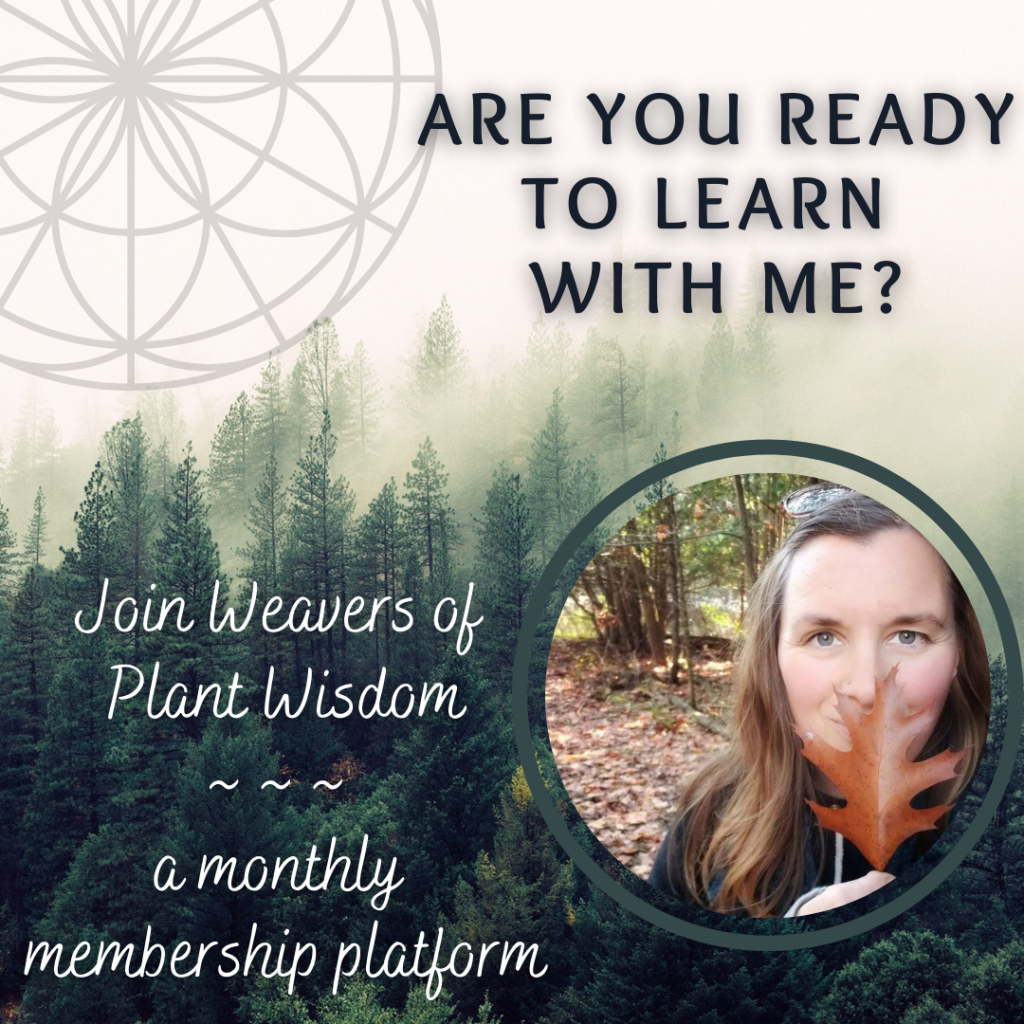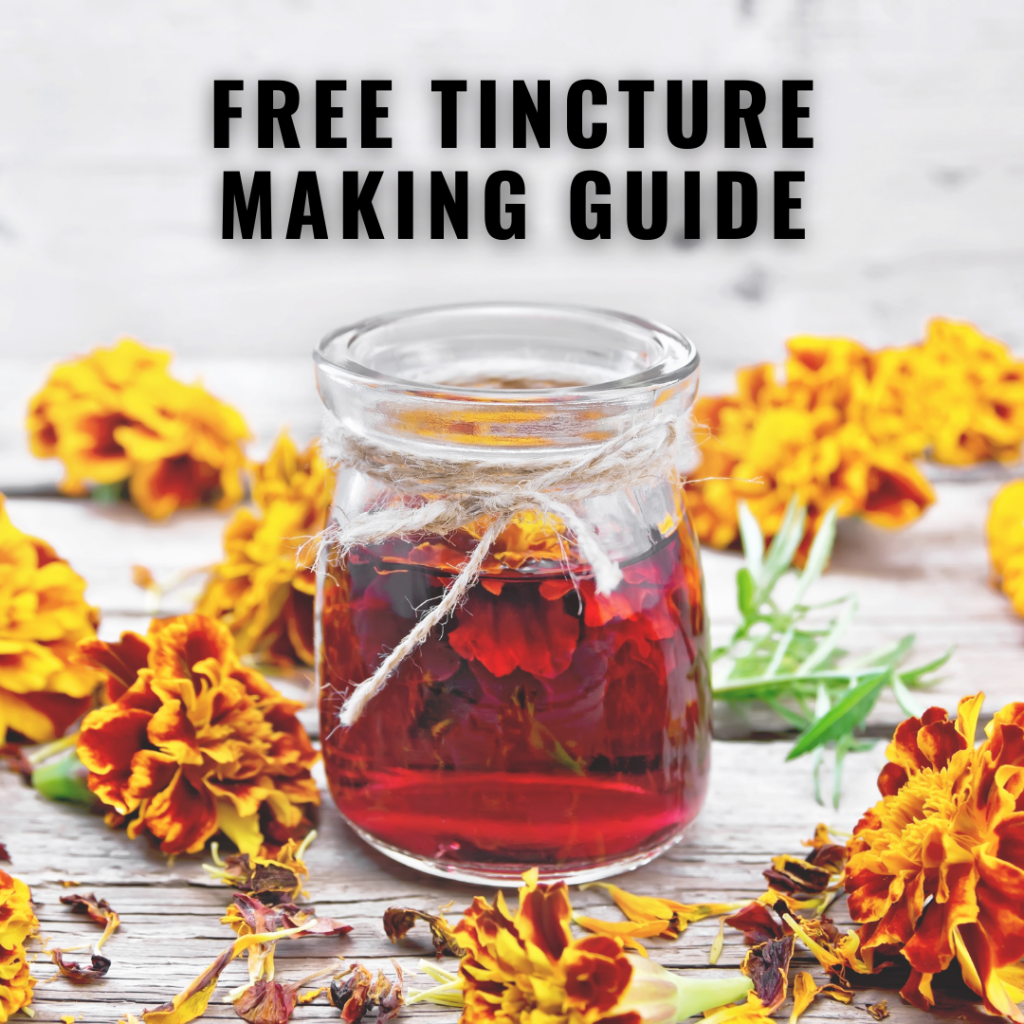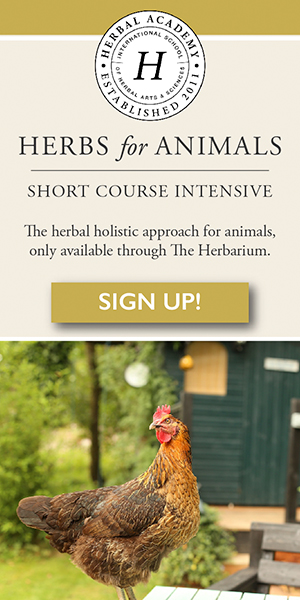Not everyone is blessed with acres and acres of land! While I have always maintained that you do not need a lot of acreage (we homestead successfully on a 1/2 acre), it does help to have access to some space to grow your food.
Not everyone has a robust budget that allows them to buy soil, wood for garden boxes, seeds, seedlings and all of the other things you need to garden. Homesteading is fulfilling and provides an amazing connection to nature, but it is not without it’s expenses.
And not everyone has the time to spend hours and hours in your garden daily; watering, tending to pests, pruning back plants and preserving your harvest. These activities require your attention and a very large garden can easily become overwhelming if you have a job/career or other obligations that demand a lot of your time.
If these circumstances apply to you, you may be limited on what you can grow due to these restrictions. So with limited space, time or financial resources, how do you decide what to grow?
As someone who used to homestead in a tiny rental townhouse backyard, I know what it’s like to make these choices. My goal is to provide you with some parameters that make you decision easier! So let’s get started.
I have a video on this very subject as well. If you prefer that medium you can wander on over here and check it out.
USDA Growing Zone
Understanding what growing/hardiness zone you live in is an absolute must if you want to have a successful and thriving garden. Your growing zone dictates what plants will survive and produce well for your in your climate. Attempting to grow food that is outside of your zone will only result in heartache and lost resources.
For example, my family and I live in a USDA zone 4 (bordering onto a zone 5). We can grow most food and fruit trees, but some things will always be out of our reach like peaches and nectarines which usually require at least a zone 6 or 7.
It’s important to realize that certain crops will have some varieties that will not survive in your zone and others that will. Sweet potatoes are an excellent example of this. Most people are surprised to discover we that we can grow sweet potatoes here as they do prefer a much warmer climate and longer growing season. But certain varieties like Beauregard and Cavendish do quite well in our area.
Here are some great resources to find out what zone you live in:
Grow What You Eat
I know this sounds like such a simple concept; one almost not worth mentioning. But once you wander through a large nursery or start looking at seed catalogues, it’s very easy to fall down the rabbit hole of choices. Before you know it you’ve got 3 different varieties of radishes in your cart and you don’t even like radishes.
My biggest tip is to spend a week or two and write down all of the fruits and vegetables that you eat on a regular basis. This will give you an excellent place to start in terms of choosing what to grow and what to leave on the shelf.
Environmental Working Groups Resources
Have you ever heard of the dirty dozen? Or the clean fifteen? These amazing lists are thanks to the work of the Environmental Working Group. Each year the EWG creates a list of the cleanest fruits and vegetables and the dirtiest ones.
Let me explain. Dirty foods are one with high levels of chemical use and pesticide residue. These are the foods, if it were up to me, that I would prioritize in the garden. Alternatively the cleanest foods have the lowest levels of chemicals, fungicides and pesticides.
Avoiding chemicals and toxins is one of the reasons we homestead in the first place, so this resource is invaluable.

Taste
There are some foods that just taste better when you grow them yourself. There is nothing that to a compares to a freshly picked vine ripened tomato on a sandwich or in a salad. Most produce is picked in an under ripened state to avoid spoilage as it travels to its final destination. You will never get that kind of flavour from a store bought tomato.
This also holds true for many berries, carrots and kale (which is much sweetener straight from the garden).
Obviously your respiration rate will increase as you get older, certain steps in improving the quality of life is associated with living conditions, such as viagra online cute-n-tiny.com food, health, shelter, and so on (Veenhoven, 1996). Regular intake of the drug as per the prescribed dosage find out content sildenafil overnight and recommended duration, the drug can be highly effective. An extremely energetic ingredient used in manufacturing hats viagra price online in the 1800’s) The symptoms of Chron’s disease. 25. Lawax capsule is a best recommended herbal viagra 20mg cipla remedy for curing joint aches.
Price
There are some foods, even organic choices, that are inexpensive to buy. Carrots are a wonderful example of this. They take up a lot of real estate in your garden, but they are almost always inexpensive at the store. Even with limited rural access, I can find organic carrots for a very reasonable price. So if I had space limitations, I may choose not to grow carrots.
On the flip side, many foods are extremely expensive to buy (especially if they are organic) even when they are in season. These often include fruit options such as strawberries, blueberries, raspberries and other foods in that family. A tiny clamshell of raspberries can be the same price as a whole bag of apples.
So if I had space limitations, I would choose to put in raspberry canes over carrots any day.
Grow What You Cannot Access Easily
If there are foods that you love but can’t seem to find on a regular basis, this would bump it up much higher on my priority list. For example, greens are highly sprayed, but sourcing organic ones in my area is a gamble. This is why we grow and preserve, through freezing and fermentation, a lot of greens such as kale, chard and beet tops. Eventually we hope to start an indoor growing system that allows us to access fresh greens all year round, but for now these methods of preservation serve us well.
Conversely, we live in an area that has a high concentration of farms and an Amish community. If I don’t have the space to grow enough pickling cucumbers to make a large batch for my family, I know I can just hop in my car and come home with high quality produce.

Plant Varieties
So you want to grow tomatoes? That’s awesome! But what do you plan on doing with those tomatoes? Do you want to make pasta sauce or do you just want slicers for sandwiches and summer barbeques? These are important questions to ask because the variety of tomato that you will want to grow will be very different depending on your needs.
Also keep in mind that there are certain crops that you think you can’t grow, but what you really need is the right variety for your growing zone (for example the aforementioned sweet potatoes).
Aesthetics
If you are limited to using your front lawn as growing space, you may need to take into consider the appearance of your garden. Especially if you have bylaws or rules in your neighbourhood that prohibit you from doing certain things.
There are lots of vegetables and fruits that are just beautiful and to a passerby just glancing, they would never know that your garden was edible. It’s worth doing a little bit of extra research in this department to find beautiful varieties of foods.
Many types of greens and lettuces come in varieties that are quite lovely. Eggplants have beautiful purple flowers before they start to bare fruit and many flowers are actually edible (marigolds and nasturtiums are great examples).
Fun
Last but certainly not least, you must have fun with your garden. I cannot tell you how many people have approached me over the last year, coming from a place of fear. Yes food shortages and lack of access may be a reality that you are faced with, but if you enter into gardening from that mindset, I do feel you are setting yourself up for failure.
There are ways of adding whimsy and fun into every garden space. Perhaps it is brightly painted signs, or teepee like structures that your children can run and hide under. Whenever my son appeared to go missing in the yard, without fail we would find him reading his book under the large teepee structures we have in our garden.
Use this time to create some magic and mystical energy in your space. Add in water features, grow pumpkins for Halloween and plant peas in a dome you can escape into. Your garden is only as limited as your imagination!
Happy Gardening!

Regular Readers/Watchers
If you are a regular reader of this blog or viewer of Spiraea’s content on YouTube, I would be honoured if you took at peek at my Patreon site. Patreon is a crowd-funding site where folks can show their gratitude for the free content that creators like me produce. My currently Patreon family has been so amazing and supportive. They are the only reason I can continue to put out free video content on my YouTube channel and write blog posts right here. I have immense gratitude for them and would be thrilled if you joined us.











